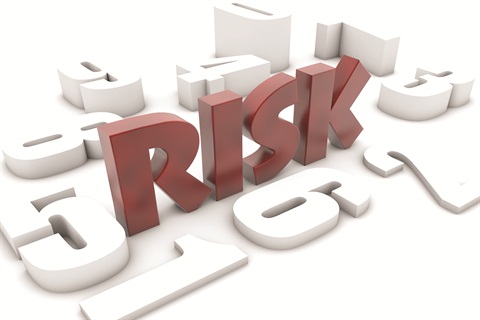
The successful entrepreneurs do not take risks just for the sake of risk taking. Instead, these entrepreneurs take calculated risks. These are the kinds of risks that are more likely to pan out in the end. Investing all of your money in one random stock is a risk that rarely pans out. Investing some of your money into one stock that has been picking up (and looks like it will continue to pick up) is a calculated risk.
In order to take a calculated risk, you need to calculate what would happen. Planning is a crucial step towards identifying whether the risk is going to work out or not. You need to set a framework for yourself before you take the risk so you know what to do. The better your plan is, the less likely a risk is going to hurt.
While planning is important, it is also important to weed out the calculated risks that are not worth taking. You need to take account of a calculated risk’s impact. The more impactful a calculated risk, the more important it is for you to plan and then take that risk. The more picky you are with the calculated risks you take, the better you will be at choosing the best calculated risks to take.
Finally, the name of this blog post is How To Take A Calculated Risk. You do need to have a plan, but if you overthink the risk, then you will not be able to propel yourself. Once you have the plan laid out and know it will be very impactful, you need to take the risk. Calculated risks with effective plans and big impacts are the ones made to implement.
Be a calculated risk taker and give your ideas a chance. What are your thoughts on taking calculated risks? Have you already taken a calculated risk for your business or any other area of your life? Please share your thoughts below.

Really enjoyed your perspective Marc. You #GenZ never stop to amaze me! I would like to introduce to the discussion the concept of uncertainty. Planning to take a risk is much about identifying and understanding what is uncertain in the calculation and planning/acting to reduce those uncertainties. This means that calculating risk is all about doing the homework to gain as much knowledge as possible to understand uncertainty in the risk and undertake actions to mitigate those uncertainties.
Great addition! Uncertainty is what hinders people from taking risks because uncertainty presents a foggy path. Removing as much of the fog as possible gives you a more clear path and allows risks to work out.
Great outline of risk taking Marc. It’s true. Risk is necessary to survive in this world but risk without a plan is destined to bring you to failure. Calculated risks over time will propel you towards your end goal.
Taking it a step forward, here are a couple of added tips for your readers.
Don’t look for the reasons your project will succeed but rather the reasons it will fail. Do this BEFORE you execute and you can head off problems in advance, or avoid a wrong path.
When you are younger you can afford greater risk as you have time to learn and recover from your failures (which, of course, are lessons in disguise and actually good things). As you grow older, you must reduce your exposure to risk.
Thanks
Archie @DirtyRedHat.com
My pleasure Archie. I definitely believe taking risks is better at a young age because a young age typically brings forth more stability (no paying for taxes, no expenses, no paying for food, and other stuff). However, it is necessary for anyone of any age to take risks to become successful. I believe many people see risks as the win-it-all or lose-it-all gamble. Taking calculated risks will make you go from a gamble to a actionable plan that has a better chance of leading to the desired result.